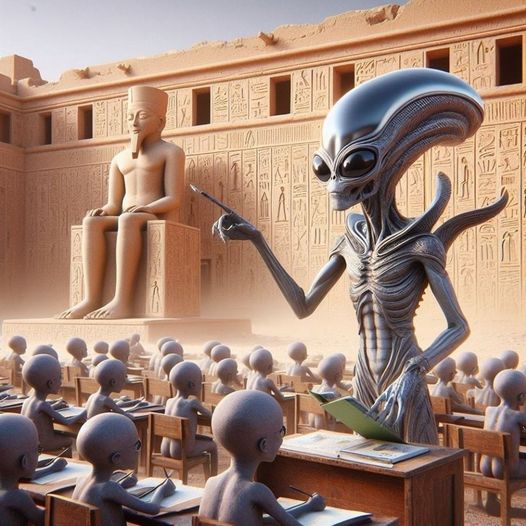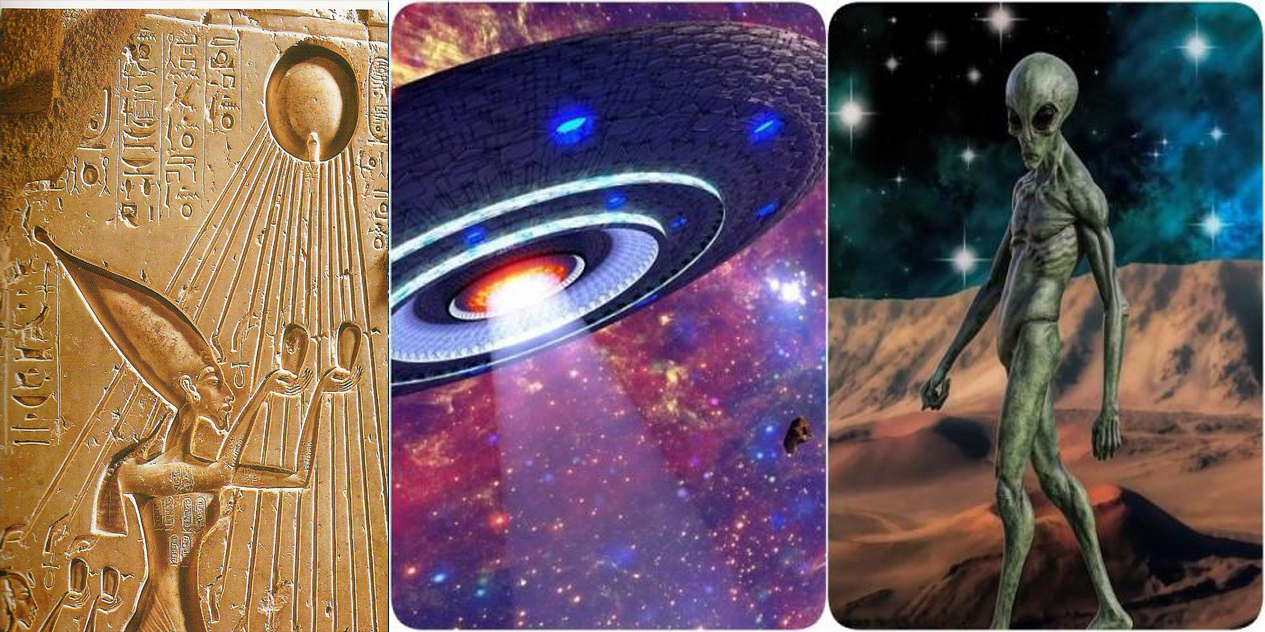Within the annals of history lie mysteries that persist in captivating both scholars and enthusiasts. Amidst the plethora of enigmas, one theory stands out, sparking debates and speculation: the notion that aliens may have had a hand in erecting ancient structures. In this investigation, we delve into the contentious theory proposing extraterrestrial participation in crafting some of the world’s most iconic architectural wonders.

Ancient wonders such as the pyramids of Egypt, Stonehenge, and Machu Picchu not only captivate with their architectural grandeur but also provoke lingering questions about their construction. Advocates of the alien theory suggest that the technological sophistication required surpasses ancient civilizations’ capabilities, hinting at possible extraterrestrial involvement.
Central to the alien-built structures theory is the notion of advanced technology. Critics question how ancient societies could achieve such precise stone cutting and transportation. However, proponents argue that the intricate precision and alignment imply technological prowess beyond human reach at the time.

The enigmatic precision of these structures, from seamless stone fitting to astronomical alignments, fuels speculation about extraterrestrial intervention. Some doubt whether ancient humans alone possessed the knowledge and tools for such feats.
Supporters of the alien theory often reference ancient texts, myths, and artwork as potential evidence. Interpretations suggest that beings from other worlds may have interacted with ancient civilizations, aiding in construction.

Despite proponents, skepticism persists. Critics highlight ancient humans’ ingenuity and resourcefulness, dismissing the need for extraterrestrial involvement.
The ongoing debate remains a fascination, prompting a reevaluation of existing theories and exploration of new possibilities. As researchers employ modern technology to unravel ancient mysteries, the quest for understanding invites contemplation of cosmic possibilities intertwined with our ancient past.





